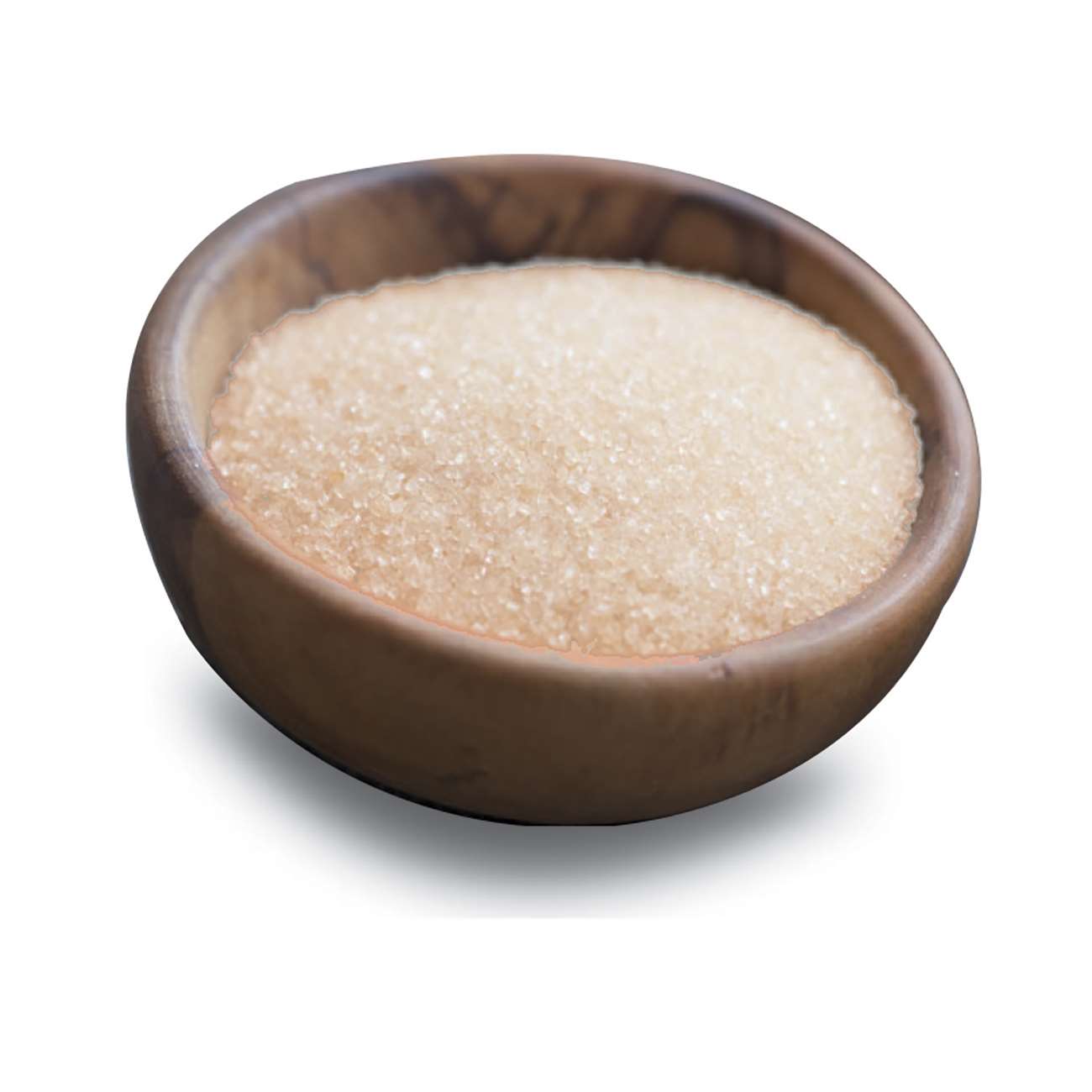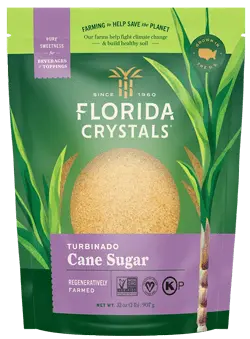Cane Sugar Processing: From Field to Table-- A Step-by-Step Guide
Checking Out the Comprehensive Tips Associated With Walking Cane Sugar Processing From Collecting to Improvement
The procedure of cane sugar production incorporates a collection of elaborate steps, starting with the mindful harvesting of sugarcane and culminating in the refinement stages that make certain the end product fulfills market requirements. Each phase, from the extraction of juice to the filtration and condensation processes, plays an important function in determining the top quality and personality of the sugar. Recognizing these stages not only highlights the intricacy of sugar production yet also raises important questions concerning efficiency, sustainability, and advancement in the sector. What implications do these variables have for future practices?
Gathering Sugarcane
Collecting sugarcane is an essential action in the walking cane sugar processing chain, as it directly influences the quality and return of the end product. Appropriate timing and strategies are vital during this stage to ensure ideal sugar content and decrease losses. Commonly, sugarcane is collected when it gets to maturation, usually 12 to 18 months after growing, characterized by a high sucrose concentration.

Post-harvest, the sugarcane should be refined promptly to stop sucrose destruction. Preferably, harvested walking stick needs to be delivered to processing facilities within 24 hr to preserve sugar quality. Consequently, efficient logistical planning is important to maintain the honesty of the harvested crop throughout the supply chain.
Removal Process

The smashed walking cane is subjected to a series of pressing operations to maximize juice recovery. Usually, warm water is sprayed onto the smashed walking cane, developing a countercurrent flow that helps liquify the sugar while likewise helping in the extraction procedure. The juice accumulated from this procedure consists of not only sugar but additionally different organic compounds and pollutants.

To enhance extraction effectiveness, some centers might employ diffusion methods, where the sugarcane is soaked in warm water, permitting the soluble sugars to diffuse right into the fluid. The resulting juice, abundant in sucrose, is after that routed to succeeding handling phases, laying the structure for filtration and improvement. The removal procedure is therefore crucial in figuring out the top quality and return of the last sugar item.
Filtration Strategies
The filtration strategies used in walking cane sugar handling are important for transforming the raw juice into a top quality sugar product. These methods mainly aim to eliminate impurities, such as soil, plant materials, and not natural materials, which can negatively impact the end product's flavor and color.
This procedure involves adding lime and warm to the raw juice, which facilitates the coagulation of pollutants. Additionally, the use of phosphoric acid can boost the information process by further binding contaminations.
Another considerable technique is carbonatation, you can try this out where co2 is introduced to the cleared up juice. This reaction generates calcium carbonate, which captures continuing to be pollutants and advertises their elimination.
Furthermore, turned on carbon treatment might be used to adsorb any remaining colorants and organic pollutants, ensuring an extra refined item. The combination of these methods efficiently prepares the sugar juice for subsequent action in the refining procedure, establishing the phase for the production of high-grade walking stick sugar.
Crystallization Techniques
After the purification phase, the next vital action in walking stick sugar handling involves crystallization techniques, which play a pivotal duty in transforming the made clear juice right into strong sugar. This process generally uses two main methods: spontaneous condensation and controlled condensation.
In spontaneous crystallization, supersaturated sugar services are permitted to cool down naturally, resulting in the formation of sugar crystals with time. This method is easier however might you could try this out lead to irregular crystal dimensions and reduced pureness levels. On the other hand, controlled crystallization is a much more exact strategy where concentration, seeding, and temperature representatives are thoroughly managed. This approach permits for the consistent development of sugar crystals and higher pureness.
During formation, the clarified juice is concentrated through dissipation, raising its sugar web content up until it gets to supersaturation. As soon as this factor is accomplished, either technique can help with the crystallization process. Cane Sugar Processing. The resultant sugar crystals are then divided from the continuing to be syrup with centrifugation
Eventually, the option of condensation method impacts the quality, dimension, and purity of the final sugar item, making this action vital in the total walking stick sugar processing procedure.
Improvement and Packaging
How can the pureness and quality of cane sugar be further enhanced after crystallization? The improvement procedure plays a vital function in achieving top notch cane sugar.
Next, the find more information sugar undergoes a process called centrifugation, where it is spun at broadband to separate the cleansed sugar crystals from the remaining liquid. After centrifugation, the sugar is usually further fine-tuned through a method called carbonization or phosphatation, which utilizes activated carbon or phosphoric acid to get rid of shade and off-flavors.
Once refined, the sugar is dried out to attain the desired moisture material, making certain that it remains secure during storage and transport. The last action entails packaging the polished sugar in moisture-proof and airtight containers to maintain its high quality and stop contamination. Cane Sugar Processing. Correct packaging not just extends life span however likewise helps with simple handling and circulation, making certain that customers receive sugar that meets the highest standards of purity and high quality
Conclusion
The extensive steps included in walking stick sugar processing, from the precise harvesting of sugarcane to the complex improvement and product packaging stages, emphasize the relevance of each stage in making sure high-grade sugar production. Optimal harvesting strategies, reliable removal techniques, and rigorous filtration procedures jointly add to the end product's purity and stability. The formation and succeeding product packaging methods additionally enhance the integrity and life span of the sugar, highlighting the intricacy and precision fundamental in this necessary farming market.
The process of cane sugar manufacturing encompasses a collection of complex steps, beginning with the mindful harvesting of sugarcane and finishing in the refinement phases that make sure the last item meets sector requirements. Ideally, collected walking stick should be transferred to refining centers within 24 hours to maintain sugar quality.In spontaneous condensation, supersaturated sugar remedies are permitted to cool naturally, leading to the development of sugar crystals over time - Cane Sugar Processing. The refinement procedure plays a vital role in accomplishing top notch walking stick sugar.The thorough steps involved in walking stick sugar handling, from the precise harvesting of sugarcane to the detailed refinement and product packaging phases, underscore the relevance of each phase in making certain premium sugar production